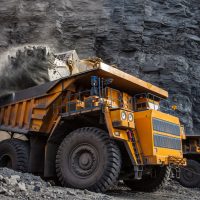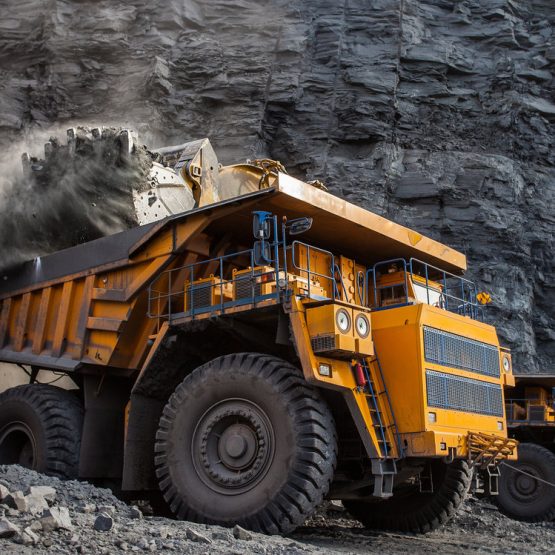Strategic scheduling – how Evolution helps you make more valuable capital investment decisions

When should you increase your fleet? How will it impact NPV?
In mining, how we choose to invest capital has a significant influence on the Net Present Value (NPV) of a project. But, it has always been notoriously difficult to project the impact of different capital investment scenarios on the overall value of a project.
Until now.
At Maptek, we have added new functionality to our Evolution software to help you analyse the impact of capital investment decisions on your project NPV, during schedule optimisation.
When should you make that investment?
Picture this: You are a mine manager and you want to expand production at your project over the next 3 years. You’ve calculated that you need to purchase 6 new haul trucks.
Should you:
- Buy all the trucks in the first financial year, thus allowing you to quickly ramp up production to target levels?
- Or, buy 3 trucks this year and 3 next year, thus increasing production by half, but also allowing you to spread the cost of the trucks over two financial years?
Strategically, it is crucial to analyse truck purchase policies, fluctuating plant capacities and configurations, and infrastructure requirements dynamically – that is during schedule optimisation – to evaluate the mining project in its real world context. The need for this sort of analysis is particularly strong in larger projects with multiple orebodies or several pushbacks, where accessing each stage carries unique capital costs.
And yet, capital investment decisions are often made before schedule optimisation. Why? Usually in order to simplify the planning process.
A simple planning process relies on fewer variables. Fewer variables leaves less room to optimise and therefore less room to find the real value in our schedules. The truth is that at present many companies struggle to calculate the true impact of capital investment decisions.
A 2019 McKinsey & Company report found that only 20% of surveyed mining and metals projects are completed within parameters predicted during feasibility. That means 80% are getting it wrong. – Optimizing mining feasibility studies: The $100 billion opportunity, McKinsey & Company, Mining & Metals, August 2019.
How we create schedules that reflect the true complexity of your operation
At Maptek we have developed a way to dynamically calculate the impact of capital investment decisions within schedule optimisation in Evolution, our mine scheduling software.
The key difference between Evolution and other schedulers is the genetic algorithm at the heart of the software. Unlike schedulers based on classical methods, Evolution uses non-linear optimisation techniques to maximise the value (NPV) of deposits without simplifying the true complexity of your project.
Evolution imports data from your block model then maximises NPV by optimising your cutoff grade policy according to your choice of input (objective).
Objectives include:
- Discrete lithological units, metal grades and processes
- Feasible extraction sequences
- Stockpiling and blending constraints
- Production / Processing capacities
- Capital investment decisions including fleet configurations
Evolution then (takes your choice of inputs and) simultaneously calculates multiple scenarios, across dozens of generations and returns the best result.
Faster, more practical schedules and better decision making
As we mentioned above, the process of scheduling large mining operations has always been challenging, due to the complexity involved. Evolution greatly automates this process by optimising key inputs (cutoff grades process/stockpile, mill capacities, trucks, stockpiles etc.) across multiple mining phases. By taking into account the impact of capital investment decisions, Evolution allows you to achieve a more robust analysis of your cutoff grade/blending policies and overall extraction sequence.
To put this into context, let’s use a similar example to the one at the top of the page. You’ve decided to open an additional pushback to increase ore production overall output. It is going to cost you $50 million to develop the new pushback, when should you begin?
- Immediately
- In 2 years time
- In 5 years time
Evolution will give you the answer. Once you tell Evolution how much an increase in production will cost, Evolution will tell you the most appropriate year to start, identify when you need to increase your fleet capacity, or replace older trucks, and by how much each period.
In short, Evolution helps you to make the right call to maximise the overall project NPV.
Scott Britton
Senior Engineer Mining Solutions
Edinburgh, UK
Read more about Evolution and mine scheduling:
Why you should apply a cut-off grade strategy to your tactical mine plan
How to bridge strategic scheduling and short-term tactics
Talk to us:
Speak to a specialist mining engineer at your local Maptek office.



